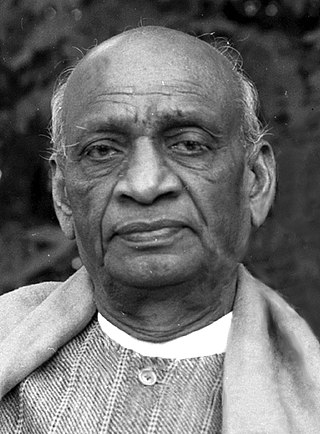
Vallabhbhai Jhaverbhai Patel, commonly known as Sardar Vallabhbhai Patel, was an Indian independence activist and statesman who served as the first Deputy Prime Minister and Home Minister of India from 1947 to 1950. He was a senior leader of the Indian National Congress, who played a significant role in the Indian independence movement and India's political integration. In India and elsewhere, he was often called Sardar, meaning "Chief" in Hindi, Urdu, Bengali and Persian. He acted as the Home Minister during the political integration of India and the Indo-Pakistani War of 1947.
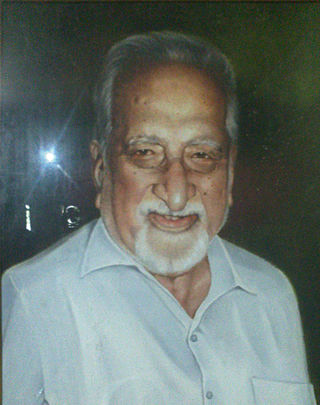
Humayun Abdulali was an Indian ornithologist and biologist who was also a cousin of the "birdman of India", Salim Ali. Like other naturalists of his period, he took an initial interest in shikar (hunting). Unlike Sálim Ali, his main contributions were less field-oriented and based more on bird collections, particularly those at the Bombay Natural History Society where he worked for most of his life.

Ratan Parimoo is an Indian art historian from Kashmir, who has worked as an art educator, pedagogue, artist and former director of the Lalbhai Dalpatbhai Museum, Ahmedabad. Ratan Parimoo was one of the founder members of Baroda Group.
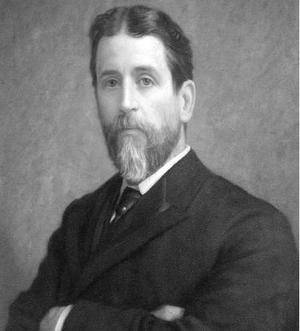
William Digby was a British author, journalist and humanitarian.

Madeleine Slade, also known as Mirabehn or Meera Behn, was a British supporter of the Indian Independence Movement who in the 1920s left her home in England to live and work with Mahatma Gandhi. She devoted her life to human development and the advancement of Gandhi's principles.

Sayed Haider Raza was an Indian painter who lived and worked in France for most of his career. Born on 22 February 1922 in Kakkaiya, Central Provinces, British India, Raza moved to France in 1950, marrying the French artist Janine Mongillat in 1959. Following her death from cancer in 2002, Raza returned to India in 2010, where he would live until his death on 28 July 2016.
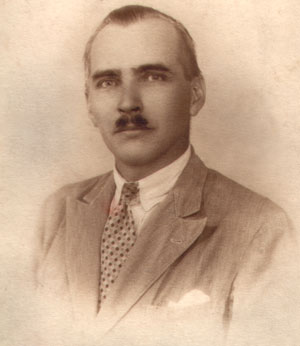
Yule Mervyn Charles McCann was a naturalist in India. He wrote a popular book on the trees of India and edited a major regional flora apart from publishing many of his other observations, mainly in the journal of the Bombay Natural History Society (BNHS) that he was associated with.

Ravishankar Raval (1892–1977) was a painter, art teacher, art critic, journalist and essayist from Gujarat, India. He worked for the magazine Vismi Sadi until it closed in 1921, and then founded the cultural magazine Kumar.
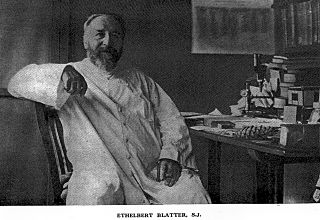
Ethelbert Blatter SJ was a Swiss Jesuit priest and pioneering botanist in British India. Author of five books and over sixty papers on the flora of the Indian subcontinent, he was Principal and Professor of Botany at St Xavier College, Bombay and vice-president of the Bombay Natural History Society. In 1932, he became the first recipient of the Johannes Bruehl Memorial Medal of the Asiatic Society of Bengal.

John Ralfs was an English botanist. Born in Millbrook, near Southampton, he was the second son of Samuel Ralfs, a yeoman of an old family in Hampshire. He has been commemorated in the names of many plant groups and taxa at many levels.
Gunnar Nygaard was a Danish phycologist, and a leading authority on the ecology and taxonomy of Danish phytoplankton. Nygaard completed his master's at University of Copenhagen, initially working at the Freshwater Biological Laboratory in Hillerød as a research stipendiary. From 1933 until his retirement in 1972 he was employed as a lecturer in the Danish grammar school system. Thereafter, he was provided an office at the Freshwater Biological Laboratory to facilitate his work. In recognition of his scientific contributions, the University of Copenhagen awarded him the degree dr. scient. honoris causa.
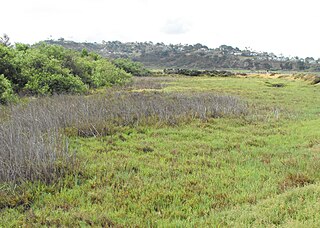
Brackish marshes develop from salt marshes where a significant freshwater influx dilutes the seawater to brackish levels of salinity. This commonly happens upstream from salt marshes by estuaries of coastal rivers or near the mouths of coastal rivers with heavy freshwater discharges in the conditions of low tidal ranges.

Isaac Henry Burkill was an English botanist who worked in India and in the Straits Settlements. He worked primarily in economic botany but published extensively on plant biology, ethno-botany, insect-plant interactions and described several species. He published a two volume compilation on the plants of economic importance in the Malay Peninsula, collating local names and knowledge. He also wrote a detailed history of botany in India. The plant genera Burkillia and Burkillianthus were named in his honour.
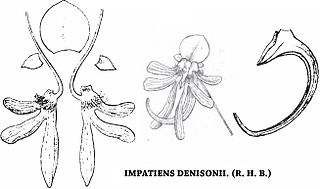
Impatiens denisonii is a scapigerous herb species of the family Balsaminaceae, which is found only in the Western Ghats in South India. It is among the rarest of the eighteen Impatiens species which are endemic to the Nilgiri Hills. It was very abundant and considered among the most beautiful plants in the Nilgiri Hills.
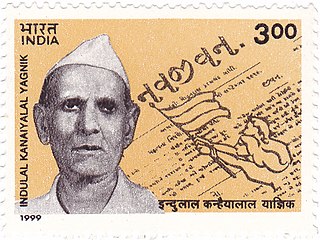
Indulal Kanaiyalal Yagnik was an Indian independence activist and a Member of Parliament from 1957 to 1972. He was a leader of the All India Kisan Sabha and one who led the Mahagujarat Movement, which spearheaded the demand for the separate statehood of Gujarat on 8 August 1956. He is also known as Indu Chacha. He was also a writer and film maker.
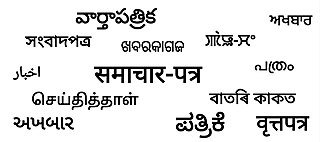
The Media in Gujarati language started with publication of Bombay Samachar in 1822. Initially the newspapers published business news and they were owned by Parsi people based in Bombay. Later Gujarati newspapers started published from other parts of Gujarat. Several periodicals devoted to social reforms were published in the second half of the 19th century. After arrival of Mahatma Gandhi, the Indian independence movement peaked and it resulted in proliferation of Gujarati media. Following independence, the media was chiefly focused on political news. After bifurcation of Bombay state, the area of service changed. Later there was an increase in readership due to growth of literacy and the media houses expanded its readership by publishing more editions. Later these media houses ventured into digital media also. The radio and television media expanded after 1990.
Hermenegild Santapau (1903-1970) was a Spanish born naturalized Indian Jesuit priest and botanist, known for his taxonomical research on Indian flora. He was credited with the Latin nomenclature of several Indian plant species. A recipient of the Order of Alphonsus X the Wise and the Birbal Sahni Medal, he was honoured by the Government of India in 1967, with the award of Padma Shri, the fourth highest Indian civilian award for his contributions to the society.
The GROUP 1890 exhibition was held from 20 to 29 October 1963 at Lalit Kala Akademi, Rabindra Bhavan in New Delhi, India. It was the only exhibition of the artist collective 'group 1890', hence the only existing record of the group's exhibition history in the 1960s contemporary art in India. The group was an entirely male association with 12 members which 'stood passionately and romantically for values of modernism that signaled change'. The members were Raghav Kaneria, M. Reddeppa Naidu, Ambadas Khobragade, Rajesh Mehra, Gulam Mohammed Sheikh, Jagdish Swaminathan, Himmat Shah, Jeram Patel, S. G. Nikam, Eric Bowen, Jyoti Bhatt, and Balkrishna Patel. All of which participated in this inaugural exhibition.
Edward Barnes was a professor of chemistry at the Madras Christian College and also an amateur botanist. He described several new species of Sonerila, Impatiens and Arisaema from the hills of Tamil Nadu.














